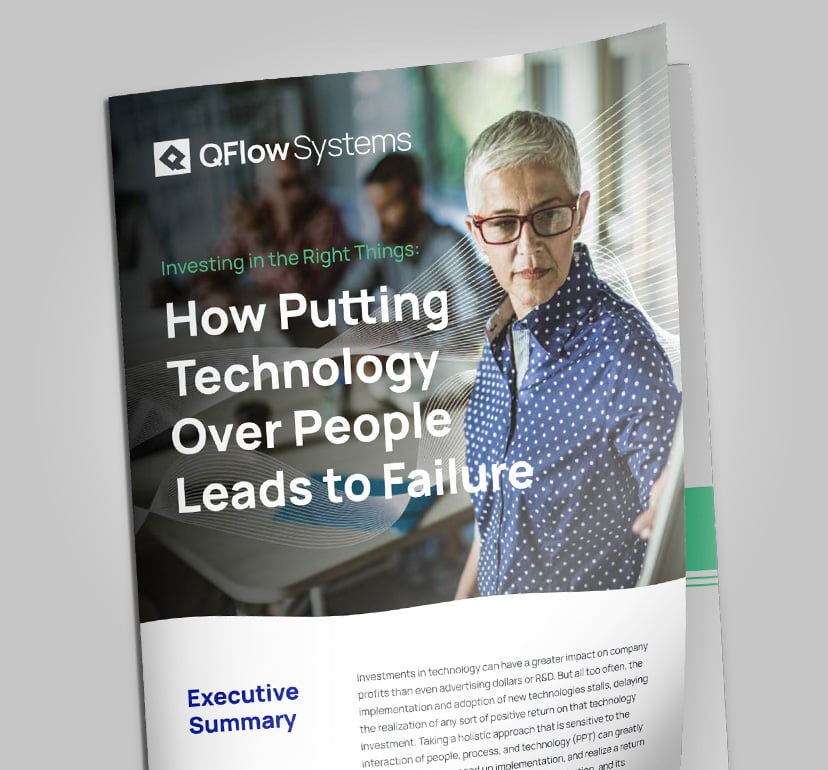As the digital landscape evolves, government agencies must keep pace with new technologies that enable them to better manage records and data. With the increasing demand for automation and data-driven insights, it’s becoming increasingly important for government agencies to leverage hyperautomation in their records management processes to improve compliance and reduce the risk of human error.
What is Hyperautomation?
Hyperautomation is a combination of multiple automation technologies, including robotic process automation, artificial intelligence, and machine learning. According to IBM, “Robotic process automation (RPA), also known as software robotics, uses intelligent automation technologies to perform repetitive office tasks of human workers.” Artificial intelligence and machine learning use computers and machines to mimic the learning, analysis, problem-solving, and decision-making capabilities of the human mind. These technologies work together to hyperautomate and optimize business processes, which can improve efficiency and accuracy.
Automation vs. Hyperautomation
Automation and hyperautomation are two related but distinct concepts in the world of technology and business. While both involve the use of technology to automate tasks and processes, there are some key differences between them.
Automation refers to the use of technology to automate repetitive and routine tasks that were previously performed by humans. This could include tasks like data entry, invoice processing, or inventory management. Automation typically involves the use of software or hardware tools to streamline these processes and reduce the need for human intervention.
As explained above, hyperautomation takes automation to the next level by combining several advanced technologies. In addition to automating routine tasks, hyperautomation also includes the ability to analyze data, make decisions, and take action based on that analysis. This means that hyperautomation can be used to automate more complex and non-routine tasks that may have previously required human intervention.
Hyperautomation also typically involves the use of intelligent automation platforms that bring together multiple automation technologies into a single, integrated solution. These platforms may include features like natural language processing, image recognition, and predictive analytics to enable more sophisticated automation and decision-making capabilities.
Big Opportunity for Government Agencies
There’s huge potential for hyperautomation when it comes to government records management. Manual records management processes that many agencies rely on today, such as with SharePoint or paper recordkeeping, can be incredibly inefficient, particularly for agencies with large volumes of records to manage. In addition to the direct costs of managing paper records, there are also ancillary costs associated with manual records management processes, such as the time and resources required to transport records between locations, and the risk of lost or damaged records.
In FY2022, nearly 20% of the fines administered by the SEC were for recordkeeping failures, equating to $1.235 billion in cumulative penalties. This is an unprecedented number for the records management industry and it has many agencies on the hunt for hyperautomation systems.
Hyperautomation can revolutionize the way government agencies manage and access their records. By automating manual processes, such as data entry and categorization, agencies can save time and make better use of their data by gaining insights and recommendations for optimizing processes, along with reducing risk of human error and making compliance easier than ever.
Key Elements of Hyperautomation
The path to hyperautomation for records management begins with creating an automation ecosystem with a software platform capable of rule-based orchestration, self-learning categorization, and intelligent alerting to account for anomalies in the system. To do this, government agencies need to identify current challenges and areas for improvement within records management. This can involve analyzing existing processes, identifying inefficiencies, and exploring opportunities for automation.
Once these areas have been identified, agencies can begin implementing automation solutions, starting with simple processes that can be easily automated, such as automating retention schedules or allowing for automated permissions settings for certain record types based on organizational role. As the ecosystem evolves, agencies can then add more complex processes, such as those that require decision-making capabilities, to the automation mix. By implementing artificial intelligence and machine learning into your process, you can add an extra layer of automation. For example, with the power of artificial intelligence (AI) your records management system can read and categorize incoming content, route content based on analysis, and apply workflows and security configurations to keep that data safe and efficiently moving through necessary business processes.
Integrative Records Management Systems are Key for Future-Proofing
It’s important to make sure that the products you’re investing in today will set you up for a future of hyperautomation. A truly future-proof records management system is one that is fully integrative with all other business systems you’re using and can adapt with your process as you begin to leverage AI and BI, and move closer to a hyperautomated operation.
Equipping Your Team with the Right Tools
At QFlow, we are committed to helping government agencies leverage hyperautomation through Q-Action, the hyperautomation software platform built for today and the future. Our platform enables a complete automation ecosystem by fully integrating with all your existing and future products.
We also understand the importance of education and training in the adoption of new technologies. That’s why we offer comprehensive training and support for our customers, ensuring that they have the skills and knowledge they need to fully leverage the benefits of hyperautomation.
Get in touch with a QFlow expert to see how we can help your agency embrace cutting-edge technology and reap the benefits of increased efficiency, accuracy, and data-driven insights.

